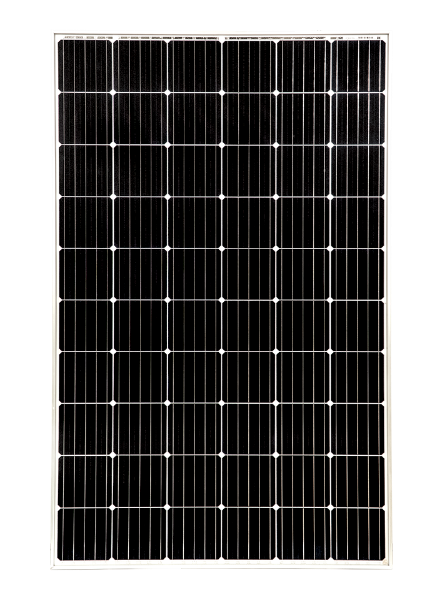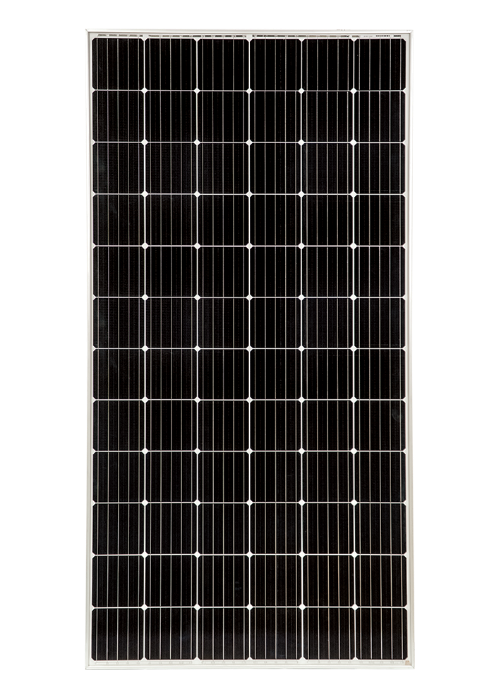An Ultimate Guide on Selecting A Right Solar Panel
1878 Views |

Since many people, businesses and governments have started worrying about the disastrous effects of carbon emissions resulting in climate change. There has been an exponential increase in sustainable energy as a part of a socially and environmentally conscious investment. Solar energy is amongst the most frequently cited alternate energy forms. According to the statistic, worldwide growth of photovoltaics is extremely dynamic and varies strongly by country. By the end of 2019, a cumulative amount of 629 GW of solar power was installed throughout the world, and in 2020, Thailand had a solar capacity of 2,988 MW, and aims to increase its solar capacity to 6,000 MW by 2036. This means that there is still a room for Thailand’s solar market to grow.
For interested people, selecting the right panel is an essential stage in the development of a robust and cost-saving solar system. It all comes down to three things – aesthetic appeal, operational budget and energy generation efficiency. Though these are critical aspects, solar panels have a factor that is applicable to all three aspects: the type of solar panel you select
A credible manufacturer could provide premium panels that last decades and aid you in saving a lot of energy expenses over the years. On the contrary, the manufacturers who emphasize upfront costs instead of long-term outcomes will leave you with a system that will not withstand the test of time and weather challenges
1. The color of the frame and backsheet
Every solar panel has a set of silicon cells mounted on its backsheet. Rather than conventional white, some manufacturers provide solar panels with special black backsheet. Black backsheets build a more consistent panel which merges into dark roofs. However, black keeps heat, the black backsheets could become warmer than standard panels and this could degrade the efficiency of the panels.
The metal frame color across the edges of the panels also has 2 alternatives: black and silver. Panels with black frame may be more impressive but expensive. On the other hand, the performance of both frames is identical.
2. The size of the panels
Majority of the panels come in two different sizes: 60 cell and 72 cells. It illustrates the number of cells positioned on the solar panel. By size, 72-cell panels are a foot longer and little heavier than the 6-cell panels.
The bigger panels are favoured in the commercial and industrial installations while the 60-cell panels are preferred in sites which have space constraints. The 72-cell model is identical to the 60-cell panels, but they are economical and have greater energy output. If you want to select the size of the panels, you have to take the site area into consideration.
For interested people, selecting the right panel is an essential stage in the development of a robust and cost-saving solar system. It all comes down to three things – aesthetic appeal, operational budget and energy generation efficiency. Though these are critical aspects, solar panels have a factor that is applicable to all three aspects: the type of solar panel you select
A credible manufacturer could provide premium panels that last decades and aid you in saving a lot of energy expenses over the years. On the contrary, the manufacturers who emphasize upfront costs instead of long-term outcomes will leave you with a system that will not withstand the test of time and weather challenges
1. The color of the frame and backsheet
Every solar panel has a set of silicon cells mounted on its backsheet. Rather than conventional white, some manufacturers provide solar panels with special black backsheet. Black backsheets build a more consistent panel which merges into dark roofs. However, black keeps heat, the black backsheets could become warmer than standard panels and this could degrade the efficiency of the panels.
The metal frame color across the edges of the panels also has 2 alternatives: black and silver. Panels with black frame may be more impressive but expensive. On the other hand, the performance of both frames is identical.
2. The size of the panels
Majority of the panels come in two different sizes: 60 cell and 72 cells. It illustrates the number of cells positioned on the solar panel. By size, 72-cell panels are a foot longer and little heavier than the 6-cell panels.
The bigger panels are favoured in the commercial and industrial installations while the 60-cell panels are preferred in sites which have space constraints. The 72-cell model is identical to the 60-cell panels, but they are economical and have greater energy output. If you want to select the size of the panels, you have to take the site area into consideration.


เปรียบเทียบขนาด 60 เซลล์ และ 72 เซลล์
3. Panel performance
The performance of a solar panel is driven by two components – output rating and efficiency. Output rating is the 3-digit number written on the back of a panel and it indicates the watts of power the panel will generate under optimal circumstances. Generally, the output ratings range from 200 to 400 watts, some manufacturers offer output ratings above 450 watts as well but those panels are costly
Further, power output isn’t the only aspect to watch out for. You must also recognize the percentage of panel efficiency. The more powerful a solar panel, the more kWh of electricity it will deliver per watt of capacity.
4. Linear Warranty and Quality assurance
Warranty is a significant indicator of the overall panel efficiency. Numerous top-performing solar panels are assured for 25 to 30 years and are still capable to function after their warranty ends. The energy generated is directly proportional to the money you save from the installation and choosing modules that are supported by a complete warranty will contribute to their performance
You would want to look at factors like panel’s guarantee, the reputation of the manufacturer, client feedback and operational specifications, to get a true panel quality measurement.
Ref. Novergysolar
The performance of a solar panel is driven by two components – output rating and efficiency. Output rating is the 3-digit number written on the back of a panel and it indicates the watts of power the panel will generate under optimal circumstances. Generally, the output ratings range from 200 to 400 watts, some manufacturers offer output ratings above 450 watts as well but those panels are costly
Further, power output isn’t the only aspect to watch out for. You must also recognize the percentage of panel efficiency. The more powerful a solar panel, the more kWh of electricity it will deliver per watt of capacity.
4. Linear Warranty and Quality assurance
Warranty is a significant indicator of the overall panel efficiency. Numerous top-performing solar panels are assured for 25 to 30 years and are still capable to function after their warranty ends. The energy generated is directly proportional to the money you save from the installation and choosing modules that are supported by a complete warranty will contribute to their performance
You would want to look at factors like panel’s guarantee, the reputation of the manufacturer, client feedback and operational specifications, to get a true panel quality measurement.
Ref. Novergysolar
Powered by
MakeWebEasy.com


